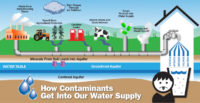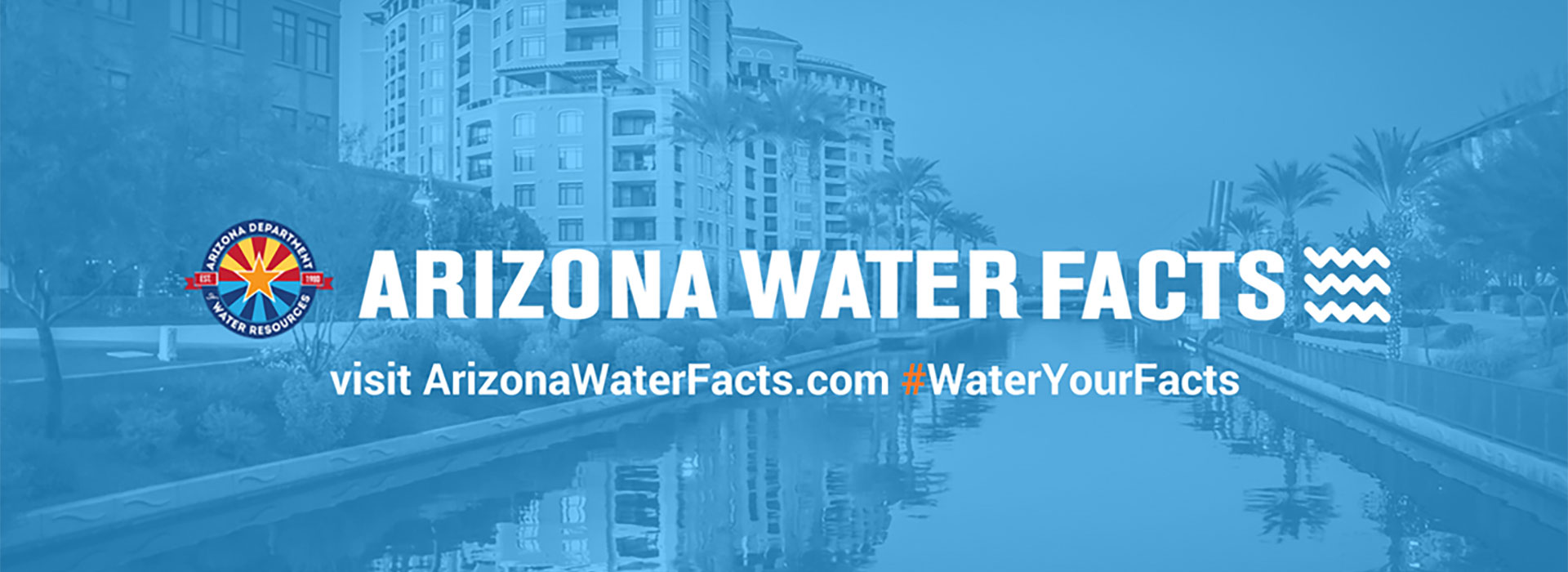What is the Water Cycle?
The water cycle is a never ending cycle of precipitation, absorption, and evaporation.
How does the Water Cycle work?
According to NASA, “Precipitation is a vital component of how water moves through Earth’s water cycle, connecting the ocean, land, and atmosphere. Knowing where it rains, how much it rains and the character of the falling rain, snow or hail allows scientists to better understand precipitation’s impact on streams, rivers, surface runoff and groundwater. Frequent and detailed measurements help scientists make models of and determine changes in Earth’s water cycle.
The water cycle describes how water evaporates from the surface of the earth, rises into the atmosphere, cools and condenses into rain or snow in clouds, and falls again to the surface as precipitation. The water falling on land collects in rivers and lakes, soil, and porous layers of rock, and much of it flows back into the oceans, where it will once more evaporate. The cycling of water in and out of the atmosphere is a significant aspect of the weather patterns on Earth.”
Did you know?
- A fixed amount of water recirculates around the Earth.
- Water moves in certain directions from place-to-place (reservoir-to-reservoir) by only certain processes and pathways.
- Some processes of transfer are rapid while others are much slower.
- A conceptual “reservoir” of water is not quite the same thing as a reservoir in which water is stored.
- When land-based glacial ice melts and runs off into the sea, sea level rises.
- When land-based glacial ice forms, sea level drops.
- When floating icebergs melt into the sea, sea level doesn’t change.
- Glacial ice is made up of freshwater that had previously fallen as snow.
- Evaporation of seawater requires an input of energy; condensation of clouds releases energy.






